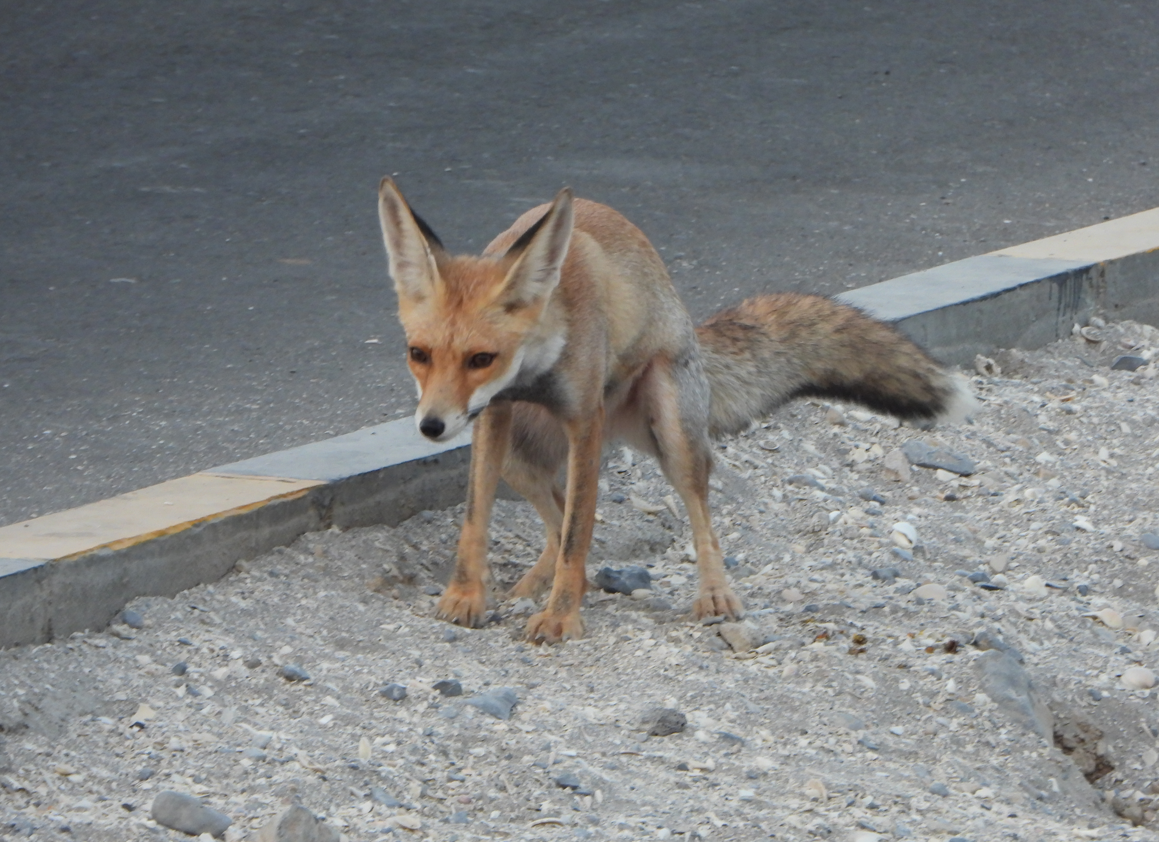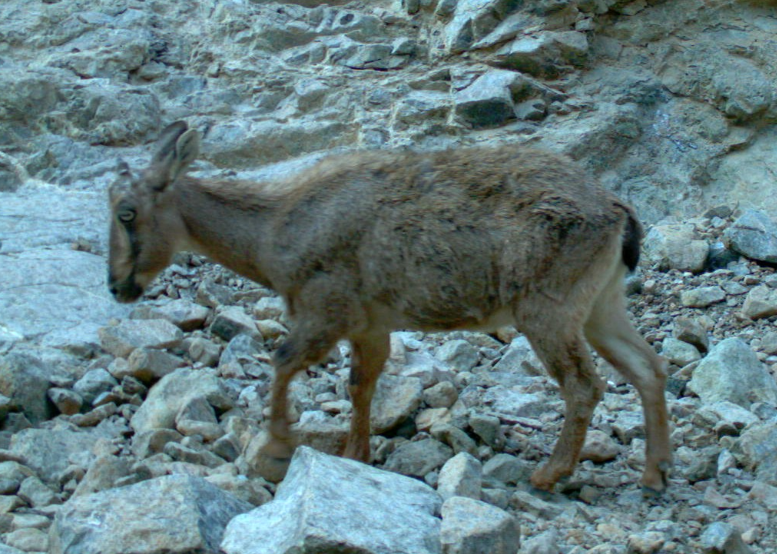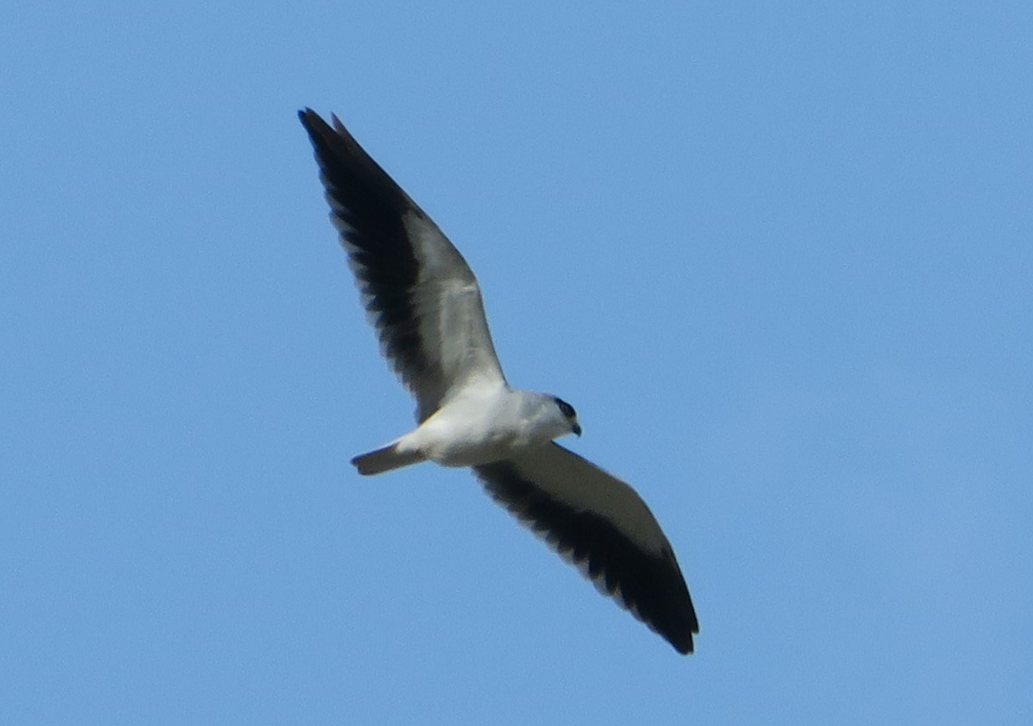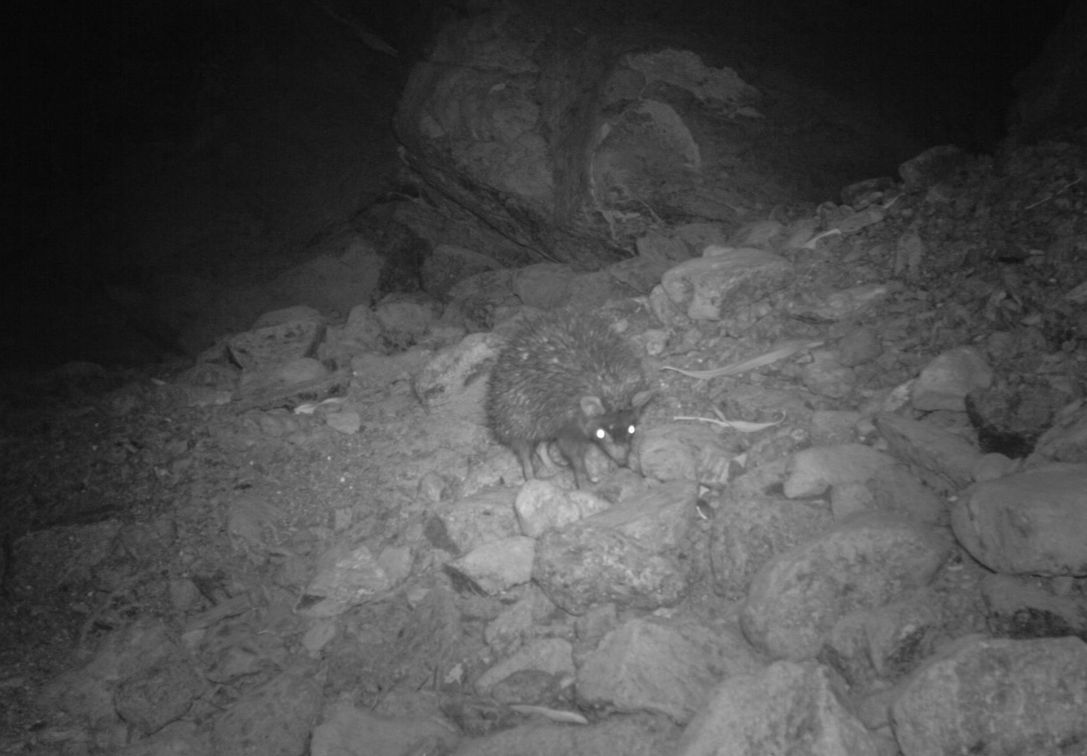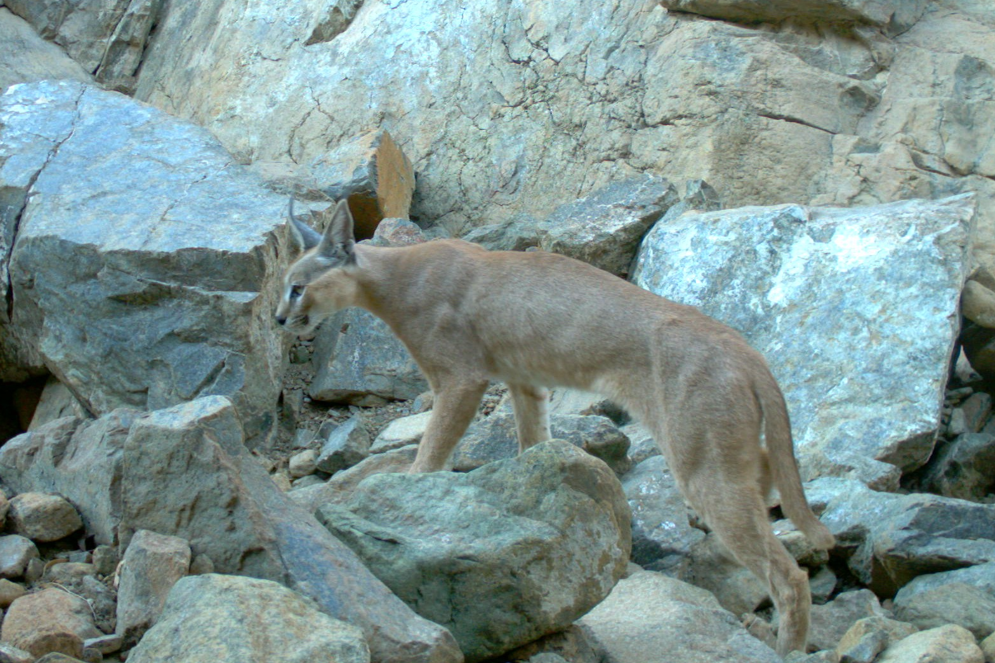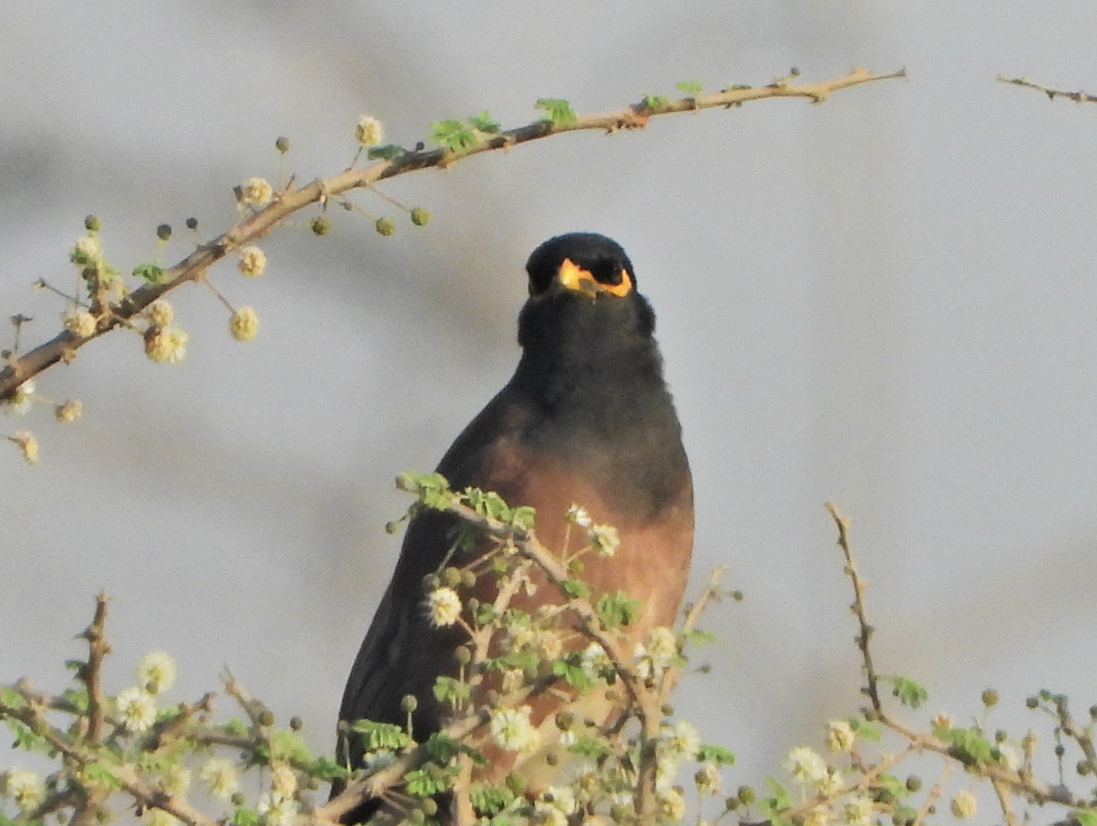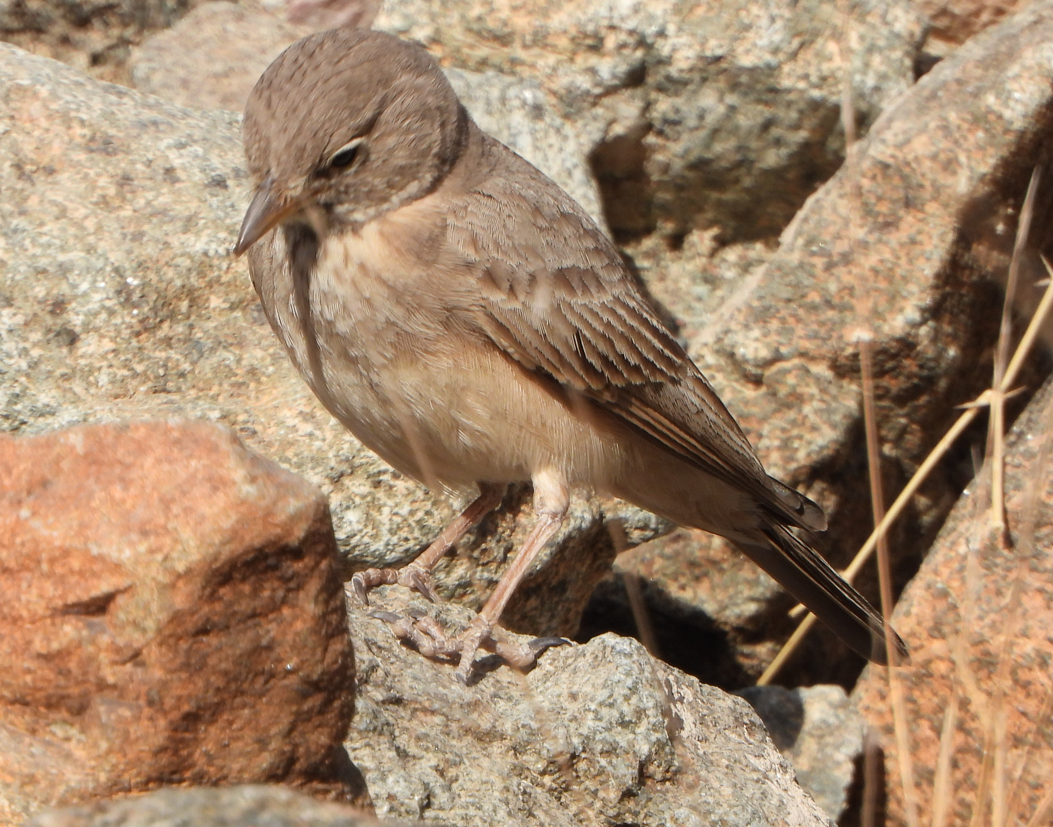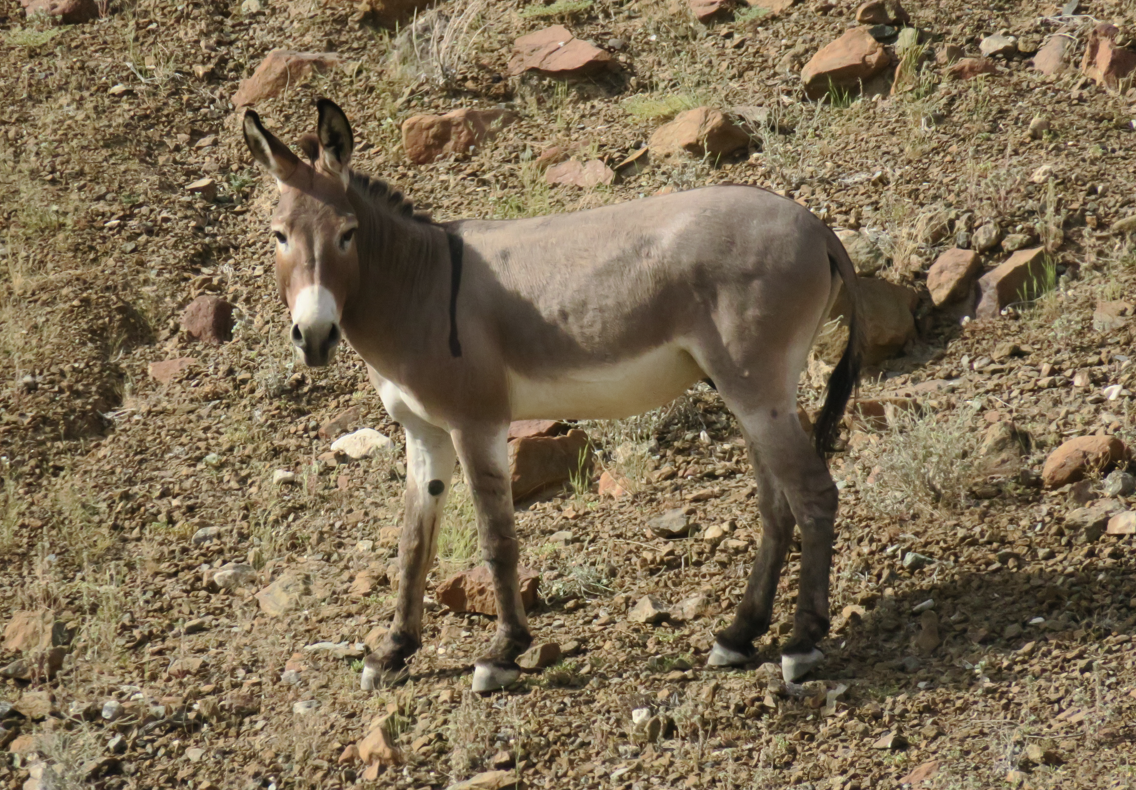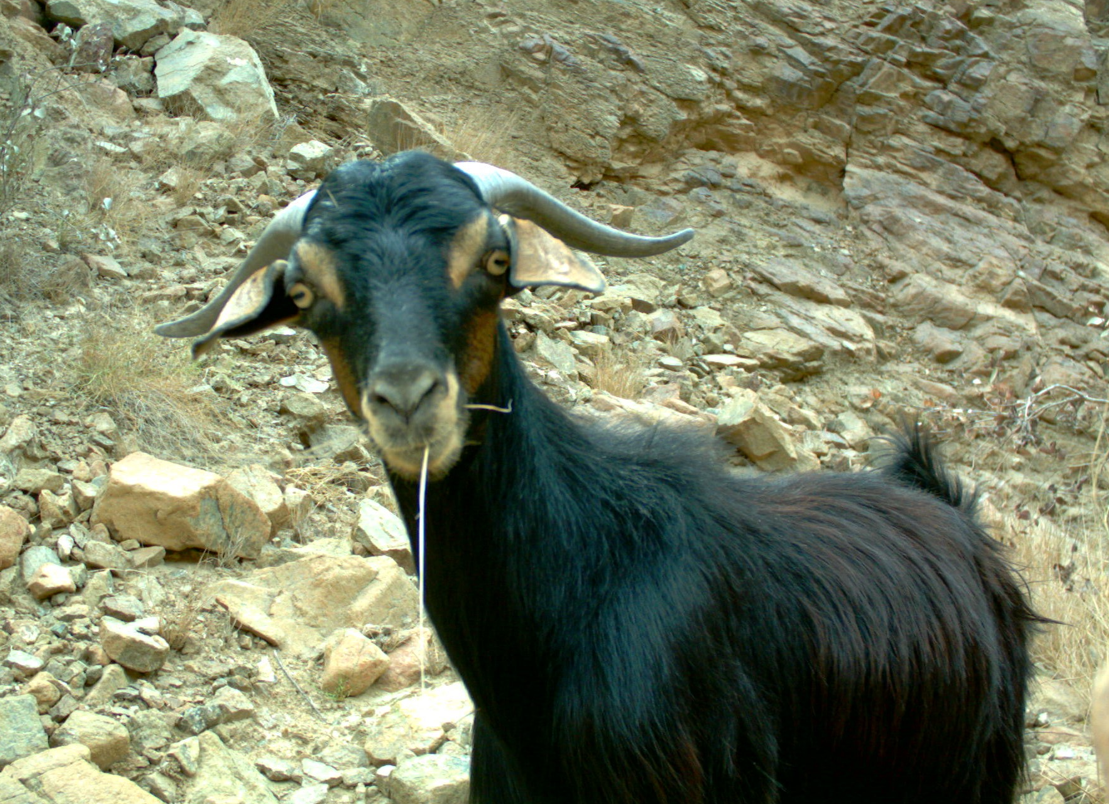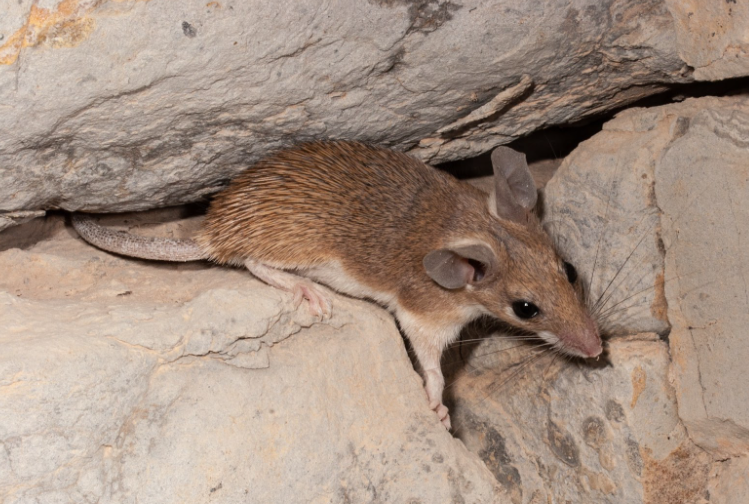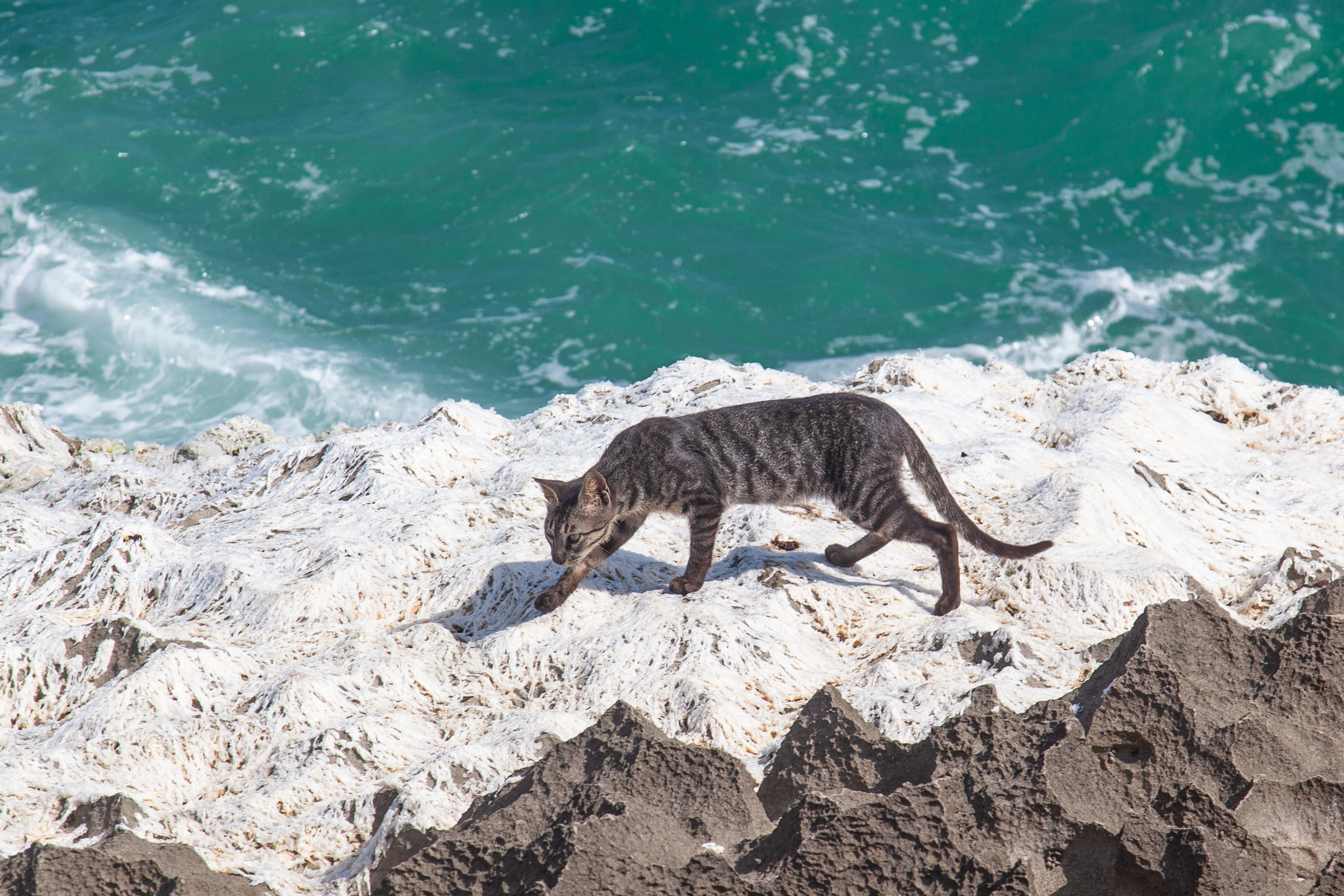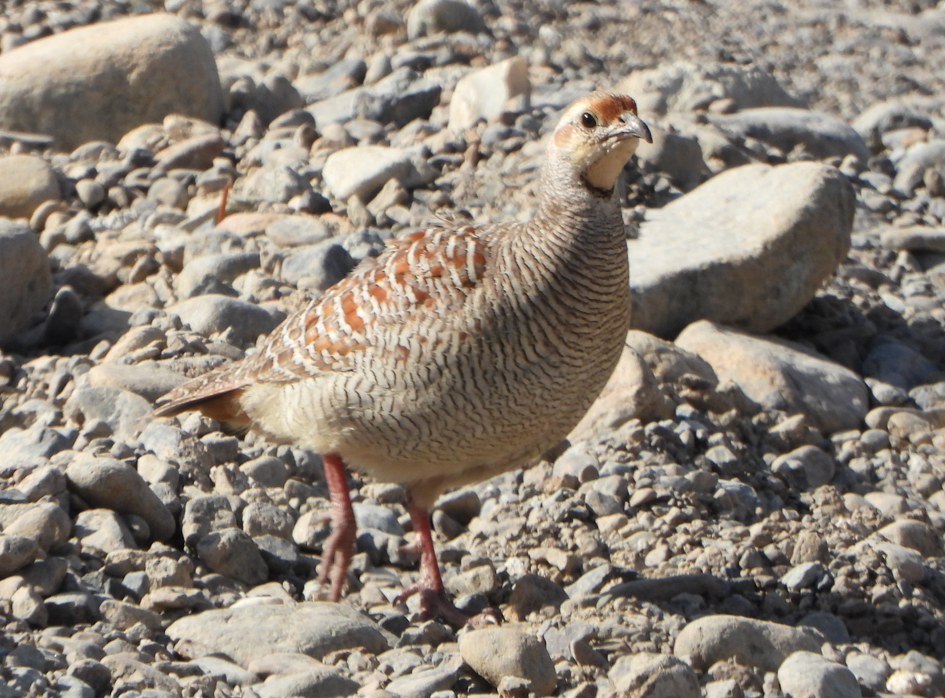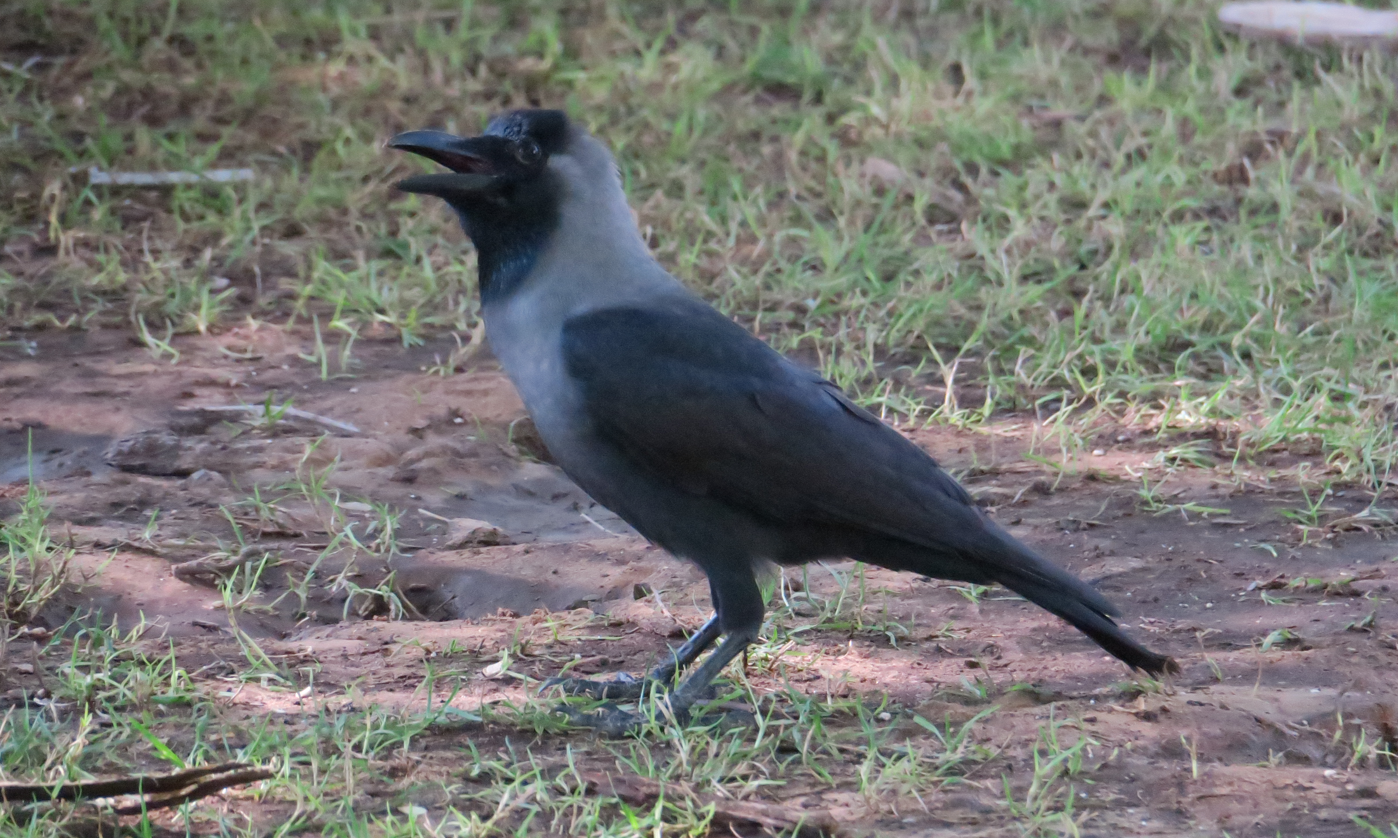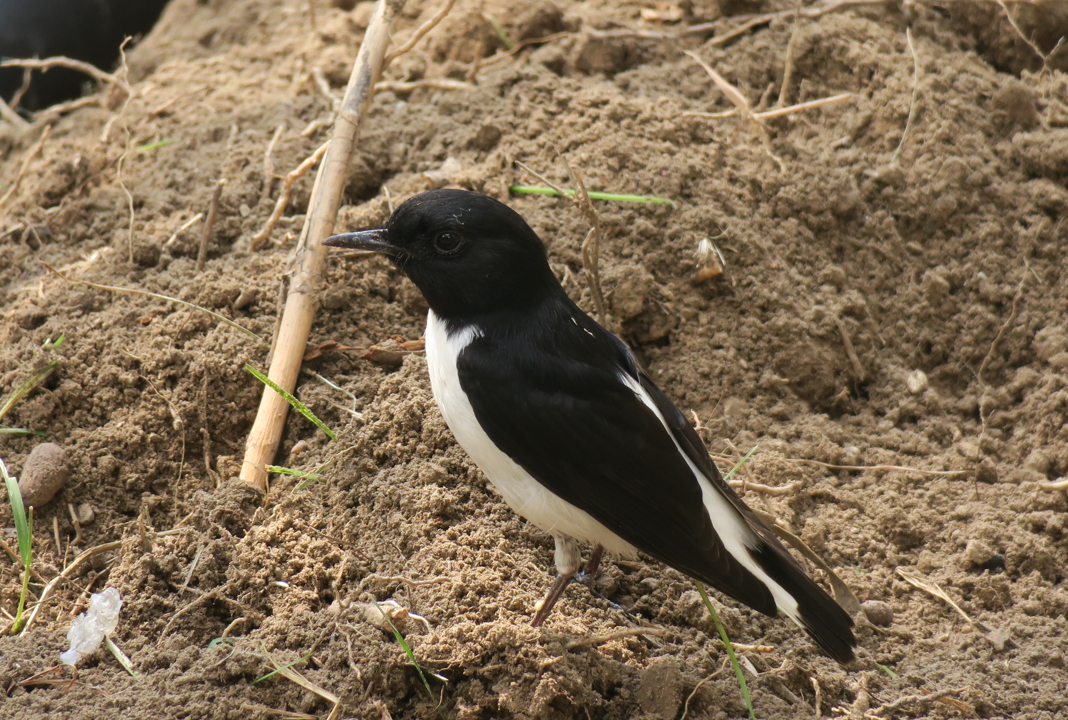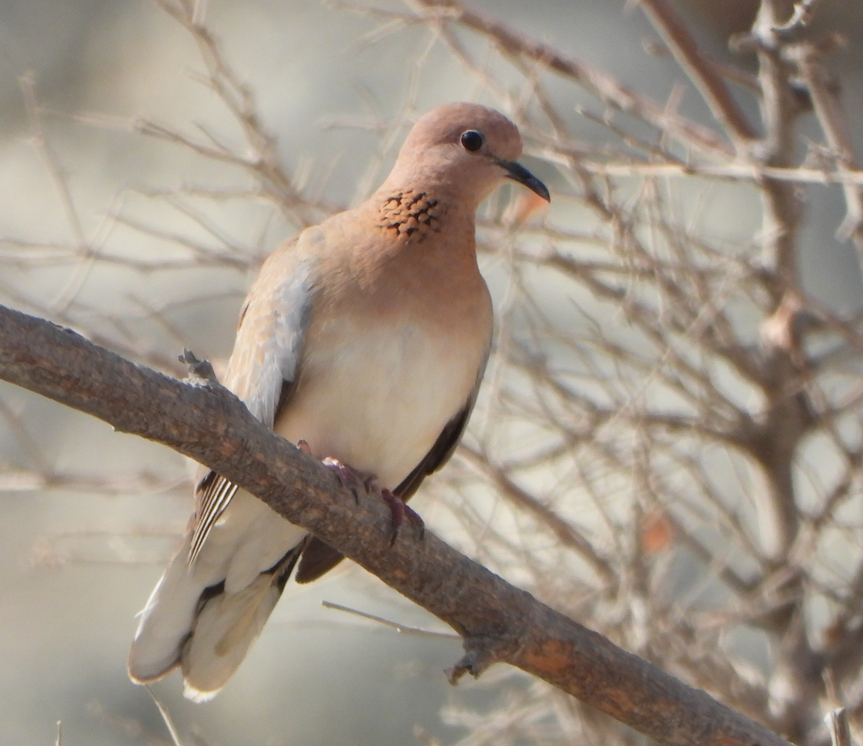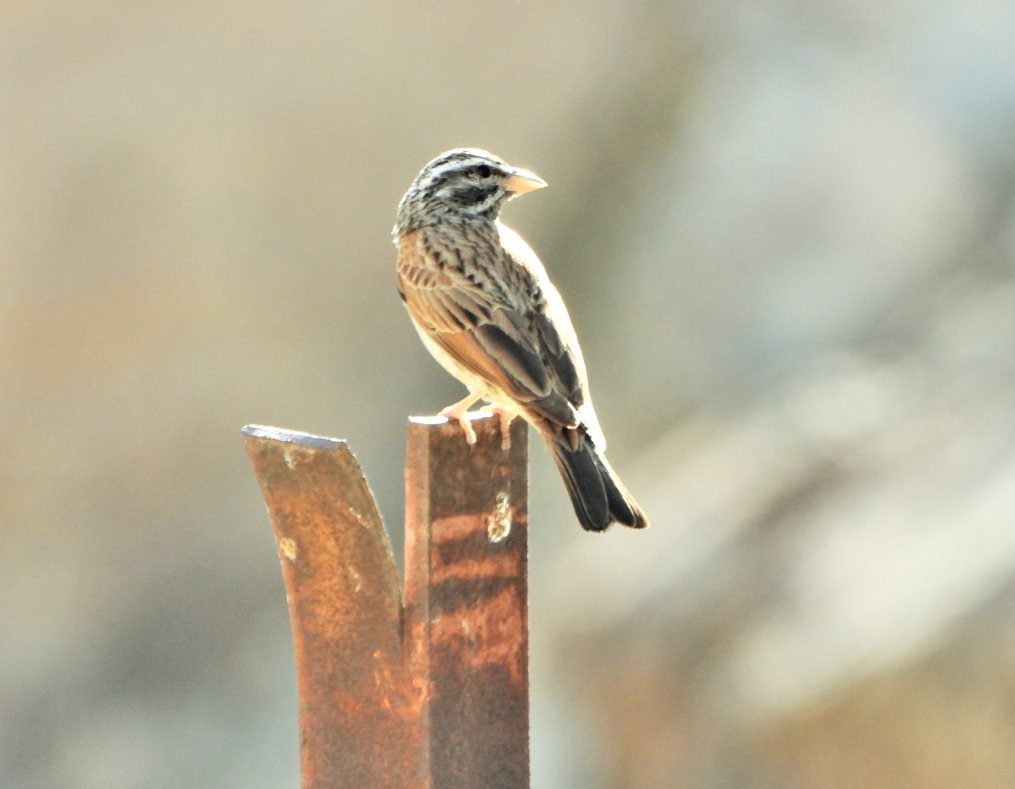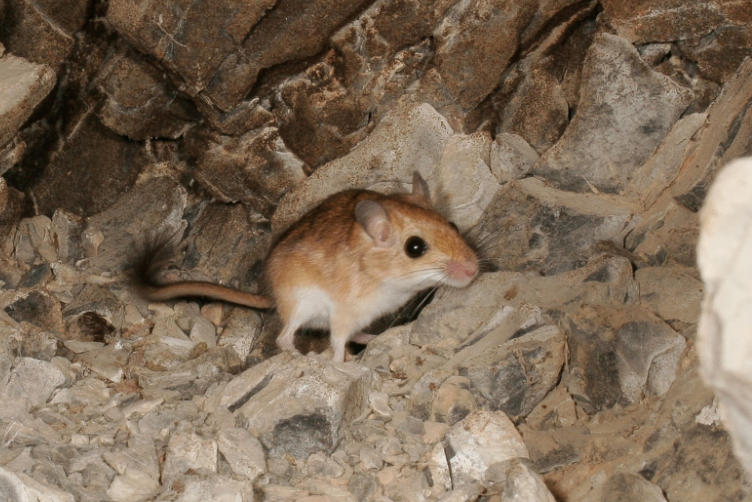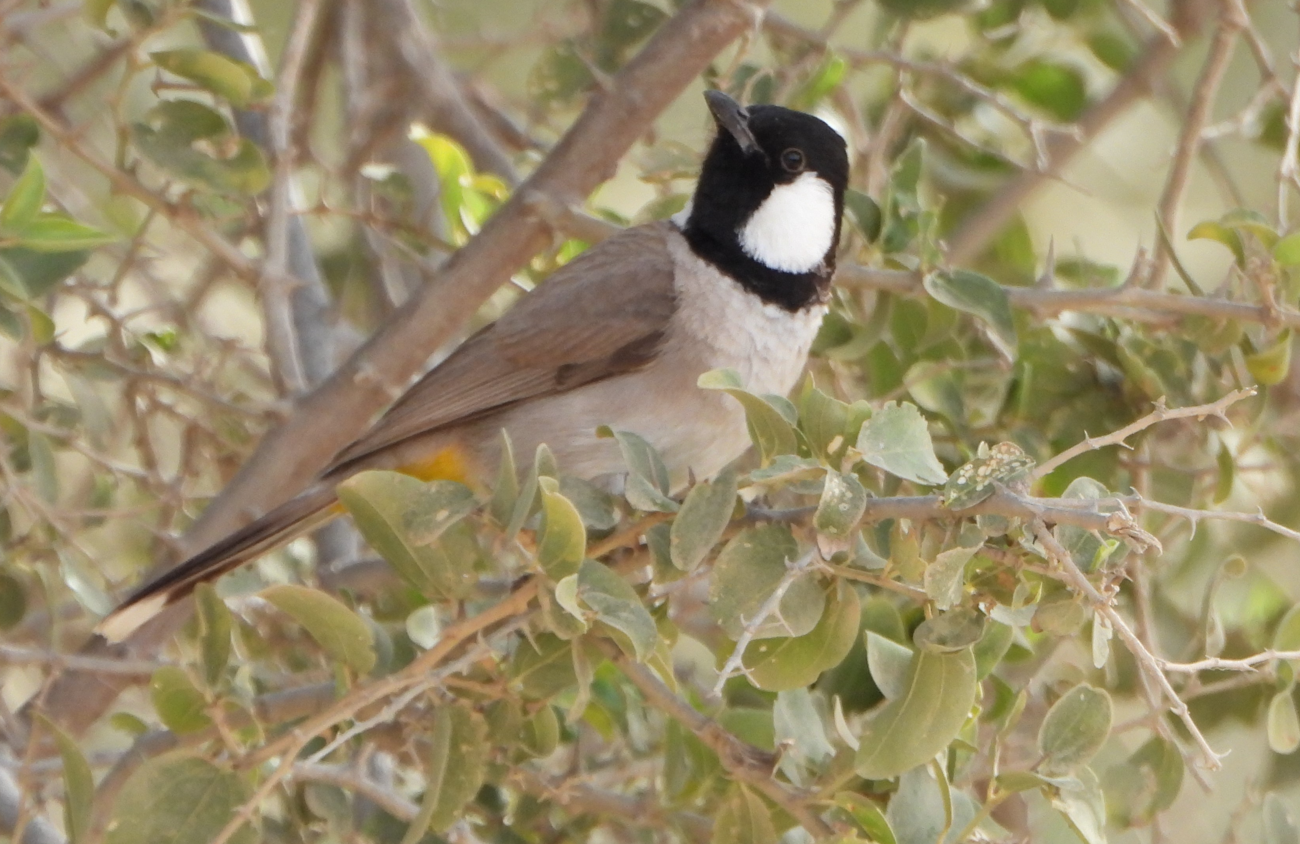Arabian Red Fox:
Scientific name:
Vulpes vulpes arabica
Family:
Canidae
Appearance:
The Arabian red fox is highly adapted to desert life with larger ears, a smaller body, and less red in colour than European red foxes.. They have a white-tipped tail that is longer than half their body length, and fur between the toes to prevent feet from burning. The back of the ears is dark grey.
Habits:
This fox is a solitary animal with well-defined home ranges. Its diet consists of rodents, birds, insects and other arthropods, as well as some desert vegetation or even carrion. Most active at night, the Arabian red fox has a lifespan of about 2-4 years in the wild and 10-12 years in captivity.


